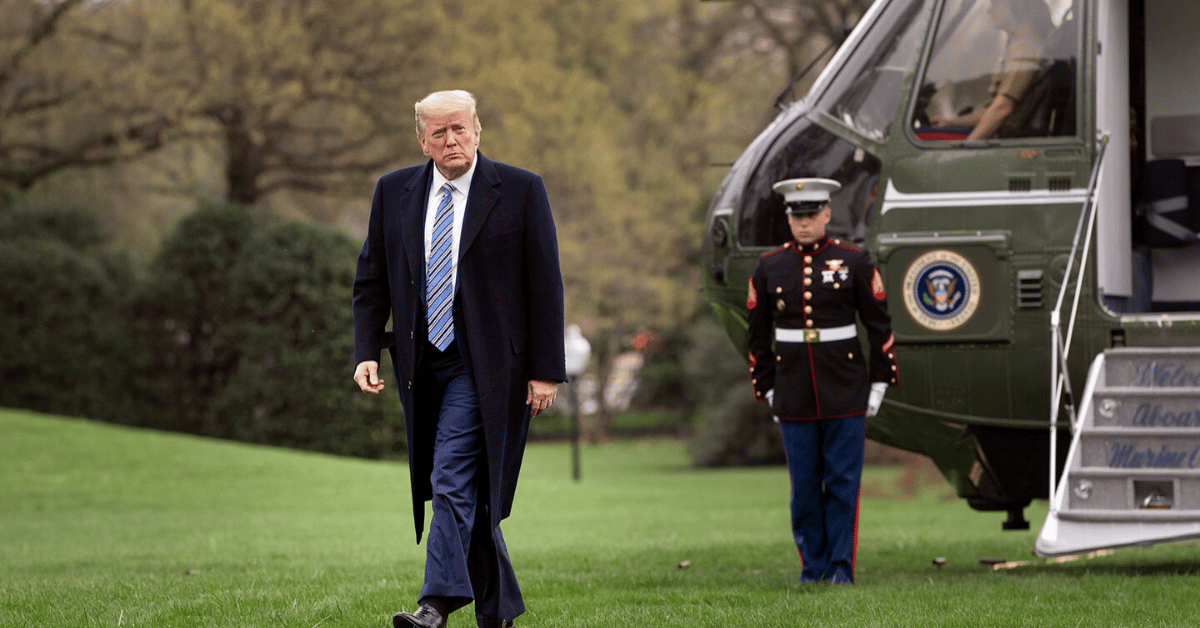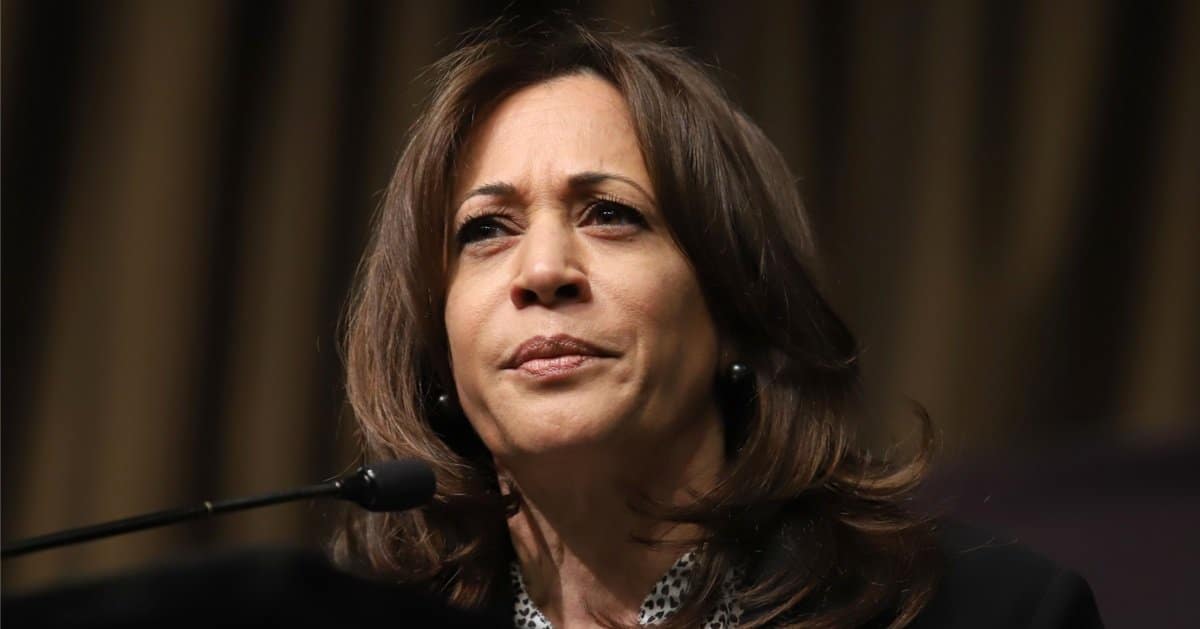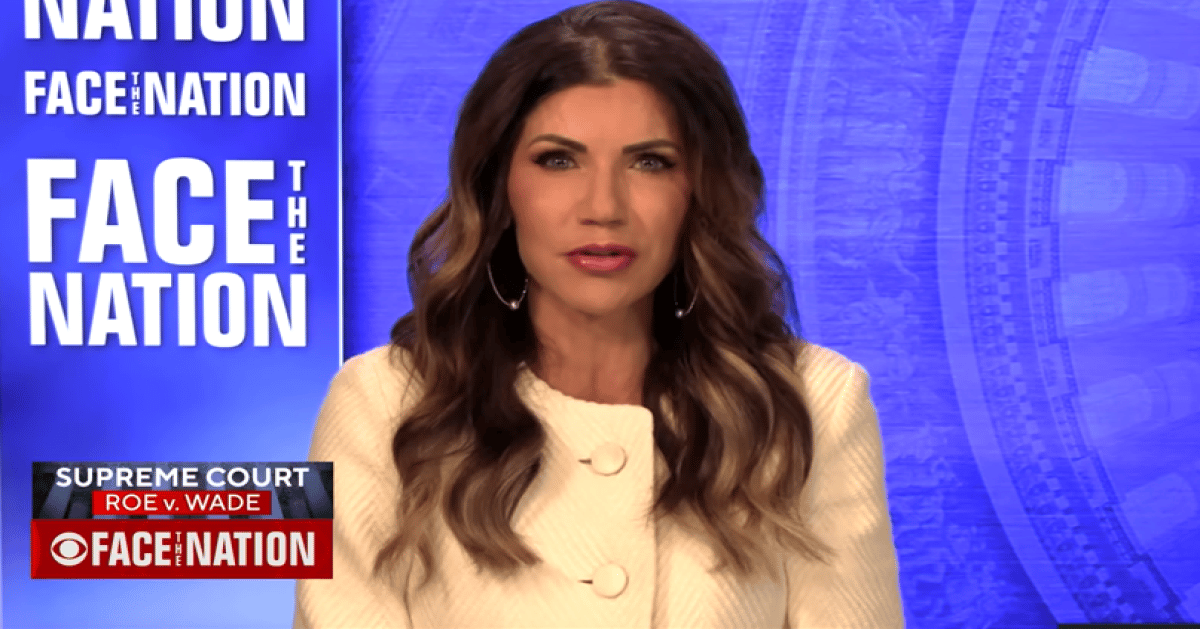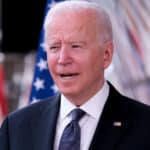


The re-election of Donald Trump, coupled with his son Barron Trump’s enrollment at New York University, is causing a significant rise in the number of students joining college Republican clubs across the nation, even at historically liberal institutions.
The New York Post reported that this increase in Republican club membership highlights a growing visibility and enthusiasm for conservative viewpoints among college students, sparked in part by the influence of Barron Trump's presence at NYU.
Donald Trump’s re-election has been a pivotal event influencing the student body nationwide, with Barron Trump's choice of attending NYU adding a distinct spotlight to the campus.
Despite not being part of NYU’s College Republican Club, his presence continues to captivate students and contributes to heightened interest in Republican organizations on campus.
The impact is most visible at NYU, where the club has seen a surge from five active members to an impressive 40. Kaya Walker, the club president, attributes this growth to both the election's aftermath and the curiosity surrounding Barron Trump. However, she notes that Trump is not a club member but expresses a welcoming sentiment for the potential addition.
At other academic institutions, similar patterns of increased engagement have emerged. Penn State, for instance, has witnessed a doubling of its Republican club's activity, now boasting 200 active participants. Tristin Kilgore, the club's president, links this surge to a reaction against policies from the pandemic era that many students found stifling.
The University of Michigan has experienced a one-third rise in membership within its Republican chapter, which was originally formed in 1892.
The club currently includes 445 members, nearly half the size of its Democratic counterpart. This trend suggests a shifting political landscape among college demographics.
At the University of North Carolina, the shift toward conservatism is clear, with membership in the Republican club rising from 120 to 250 in the two months before the election. Babson College, traditionally small in Republican representation, has seen its numbers double as well.
These membership increases are driven by varied motivations. Kaya Walker highlights that the election has sparked optimism about the future of conservative ideals, even on campuses traditionally skewed liberal. She also acknowledges that NYU's Republican presence continues to face scrutiny in a predominantly liberal setting.
Tristin Kilgore shares insights linking the spike in Republican enthusiasm to student dissatisfaction during the pandemic, emphasizing the resolve to move toward different political solutions. He notes that an increasing number of people are comfortable voicing their conservative beliefs openly.
Alexander Richmond, another observer of this trend, remarks on the evolving campus culture, suggesting students are moving away from the expected left-wing bias. He anticipates further growth in Republican club memberships under the new presidency, hinting at an empowered student body eager to align with conservative values.
Barron Trump's presence at NYU continues to be a focal point for discussions about political engagement. Although not directly involved with the Republican Club, his celebrity has inadvertently led to an increase in attention.
Kaya Walker mentions a peculiar trend where photos of Trump in class find their way onto social media platforms, underscoring the heightened scrutiny he faces.
Neko Kady of Babson College adds perspective on campus dynamics, noting a diminished presence of anti-Trump sentiment within the club. The surge in conservative engagement is matched by visible expressions of support, such as students donning MAGA hats in traditionally progressive spaces.
As the academic year progresses, the trend of rising Republican club enrollments points to an energized and vocal conservative student body. The renewed focus on Republican values among younger generations denotes a crucial shift in campus politics, likely to shape future discourse.



